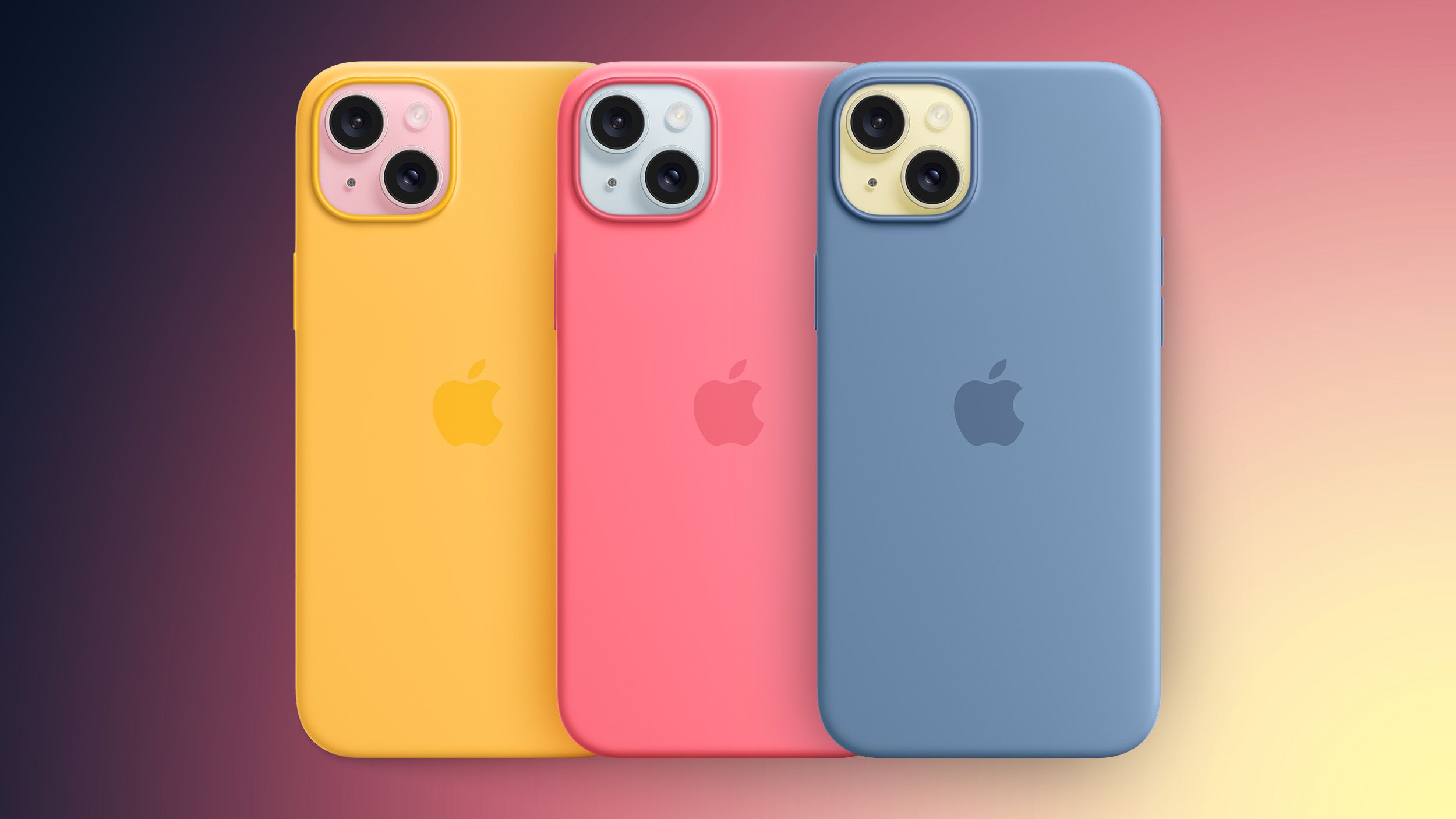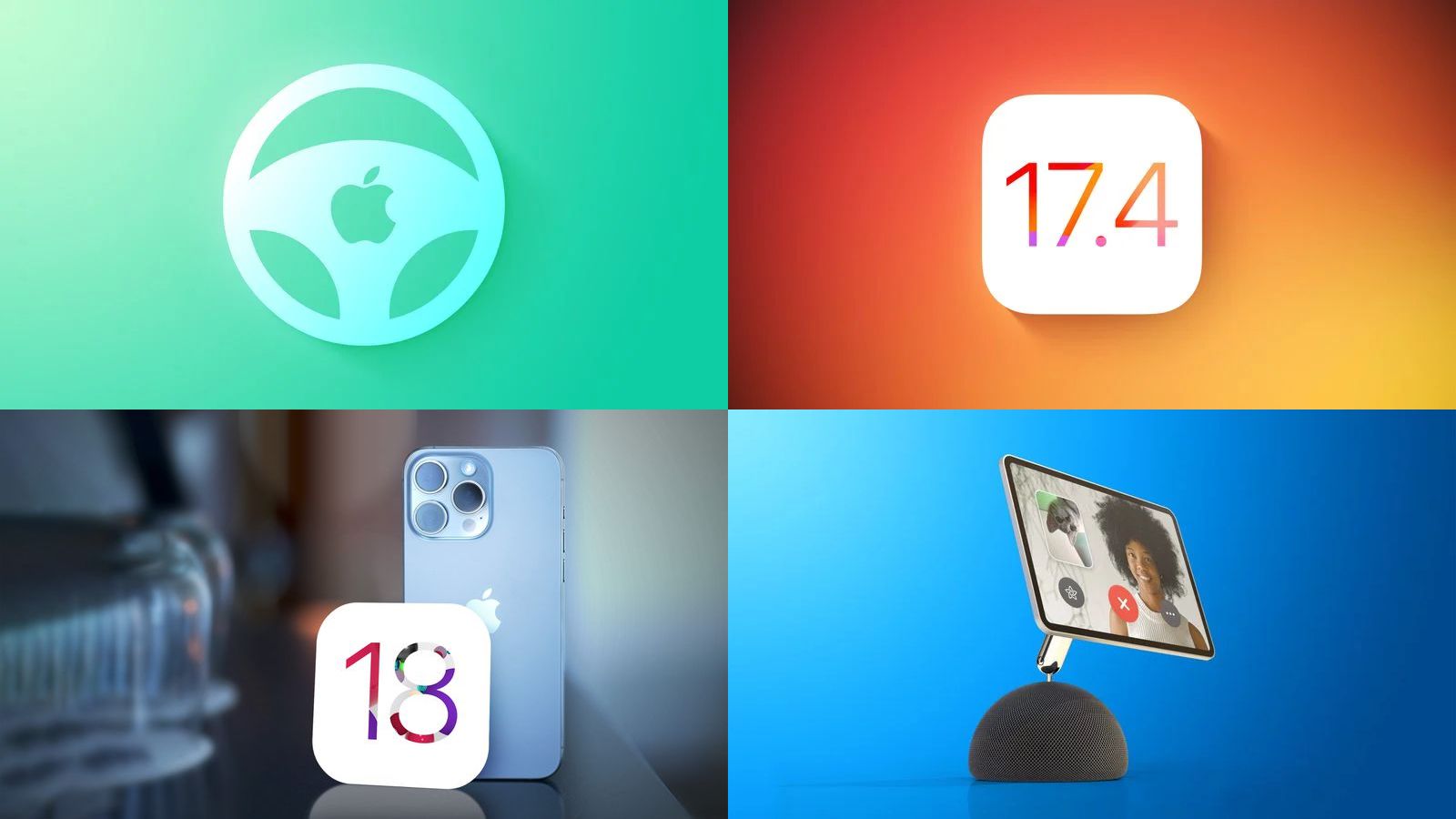介绍克劳德3:席卷互联网的AI聊天机器人!🤖💬
Anthropic,由谷歌、亚马逊等公司资助的人工智能初创企业,已发布其最新旗舰GenAI模型,Claude 3
“`html
Anthropic says its new AI chatbots outperform OpenAI’s GPT-4.
Have you ever wished for an AI chatbot that can analyze both text and images? Well, your wish has come true with the latest release from AI startup Anthropic – Claude 3! Backed by tech giants Google and Amazon, Anthropic has taken the world of AI by storm with its impressive GenAI technology. In fact, they claim that Claude 3 outperforms OpenAI’s GPT-4 in terms of performance. But what is it that makes Claude 3 so special? Let’s dive into the details and find out! 😉
The Power of Claude 3: Text and Image Analysis Combined
Claude 3 is not your average chatbot. It’s Anthropic’s first multimodal GenAI, meaning that it can analyze both text and images. So whether you’re dealing with paragraphs of information or complicated visual data, Claude 3 has got you covered. It can even process photos, charts, graphs, and technical diagrams, drawing from various document types like PDFs and slideshows. 📚📊🖼️
And here’s the cherry on top – Claude 3 can compare and contrast multiple images in a single request, allowing for in-depth analysis. This feature sets it apart from its rivals in the GenAI space. However, it’s important to note that Claude 3 doesn’t identify people in images. Anthropic is understandably cautious about the ethical and legal implications that could arise from such capabilities. Additionally, the chatbot might struggle with low-quality images and tasks that involve spatial reasoning or object counting. But hey, nobody’s perfect! 🤷♂️
Enhanced Capabilities and Expressive Responses
Anthropic promises that Claude 3 shows “increased capabilities” in analysis and forecasting when compared to models like ChatGPT and GPT-4. It’s also better at following multi-step instructions, producing structured output, and conversing in languages other than English. Thanks to its nuanced understanding of requests, Claude 3 should refuse to answer questions less often. And here’s something cool – soon, the models will even provide the source of their answers, allowing users to verify the information. It’s all about transparency, folks! 👀
But that’s not all… According to support articles from Anthropic, Claude 3 tends to generate more expressive and engaging responses. It’s easier to prompt and steer while achieving desired results with shorter and more concise prompts. So get ready for some entertaining conversations with this AI powerhouse! 😄
Pricing and Availability
If you’re already excited to get your hands on Claude 3, you’ll be glad to know that it’s already available. Opus and Sonnet, two versions of Claude 3, can be accessed via Anthropic’s dev console and API, Amazon’s Bedrock platform, and Google’s Vertex AI. Haiku, another version, will be released later this year. As for pricing, here’s the breakdown:
- Opus: $15 per million input tokens, $75 per million output tokens
- Sonnet: $3 per million input tokens, $15 per million output tokens
- Haiku: $0.25 per million input tokens, $1.25 per million output tokens
Now, let’s take a step back and look at the bigger picture. 🌍
The Future of GenAI and AI Self-teaching
Anthropic’s ambition is to create a next-gen algorithm for “AI self-teaching” – an algorithm that can build virtual assistants capable of answering emails, performing research, and even generating art and books. This is where Claude 3 comes into play, paving the way for more advanced agentic capabilities. OpenAI also has similar ambitions, aiming to build software agents for automating complex tasks.
But what about image generation? While an image generator from Anthropic seems exciting, there are challenges to consider. Controversies related to copyright and bias have plagued image generators in recent times. Companies like Google have faced backlash for injecting diversity into pictures without considering historical context. Legal battles between image generator vendors and artists who feel their work is being exploited have also arisen. Image generation remains a topic of debate and scrutiny. 📸
Constitutional AI: Aligning AI With Human Intentions
“““html
Anthropic一直致力于开发一种名为“宪法人工智能”的新技术,用于训练其GenAI模型。目标是使人工智能的行为更易理解、可预测和可调整。宪法人工智能涉及让模型根据简单一套指导原则回答问题并执行任务。例如,Claude 3已经被编程为理解和对残疾人士提供便利。这一方法旨在将人工智能与人类意图保持一致,并促进人工智能决策透明度。👥✨
Anthropic未来之路
Anthropic对未来有着宏伟计划。凭借筹集高达50亿美元的资金雄心以及谷歌和亚马逊等科技巨头的支持,Anthropic将持续努力。他们已经筹集了超过十亿美元的资金。随着他们继续开发和增强Claude 3,我们可以预期频繁更新以解决其不足之处,并使其变得更加强大。
所以,无论您需要一个能够分析文本和图像、遵循复杂指令或提供引人入胜回应的人工智能聊天机器人,Claude 3都能满足您的需求。尝试一下,亲身体验一下GenAI的强大之处!
一定要分享您使用Claude 3的经验,并宣传这一令人难以置信的技术。让我们一起拥抱未来吧!🚀
问答:满足您的好奇心
问:Claude 3与OpenAI的GPT-4相比如何? 答:Anthropic声称Claude 3在性能方面超过了GPT-4。它在分析和预测能力方面提供了增强,使其在GenAI领域成为强大的竞争对手。
问:Claude 3能识别图像中的人吗? 答:不可以,Anthropic已禁用模型识别人员,以避免潜在的道德和法律问题。他们专注于维护其技术的负责任和安全使用。
问:Claude 3的图像处理存在任何限制吗? 答:存在,Claude 3可能在处理低质量图像(低于200像素)以及涉及空间推理或对象计数的任务上遇到困难。提供高质量的输入对获得最佳结果至关重要。
问:Claude 3的定价是多少? 答:Claude 3的定价因版本而异。Opus定价为每百万输入令牌15美元,每百万输出令牌75美元。Sonnet定价为每百万输入令牌3美元,每百万输出令牌15美元。Haiku是最实惠的,每百万输入令牌0.25美元,每百万输出令牌1.25美元。
问:Anthropic会继续改进Claude 3吗? 答:绝对会!Anthropic计划在未来几个月发布对Claude 3模型系列的增强。他们认为模型智能仍有很长的路要走,他们致力于推动界限并提供更好的人工智能能力。
参考:
“`






